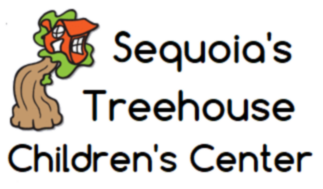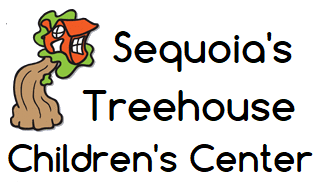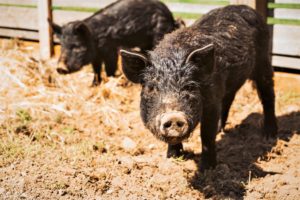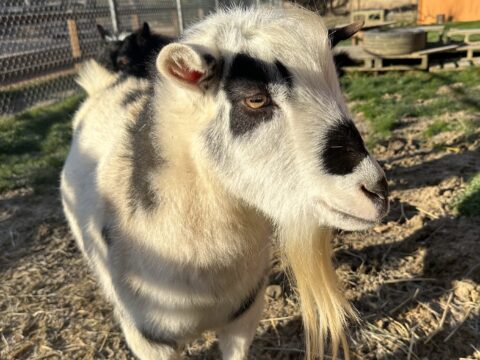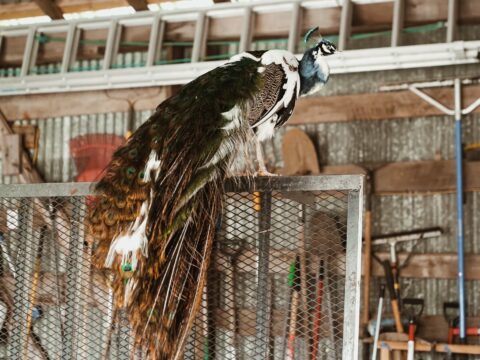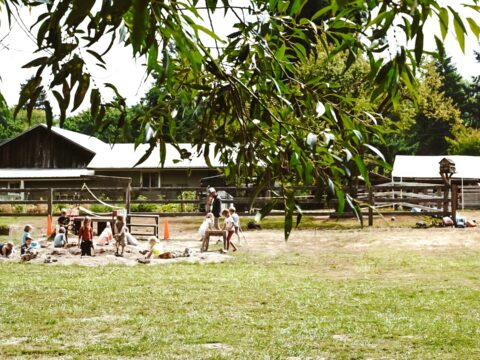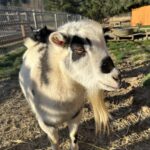
The Magic of Farm Animals and Children Together
April 24, 2025Western Washington’s rich forests, wetlands, and coastal areas provide habitat for a wide variety of small wild animals. These creatures play vital roles in the region’s ecosystems and are frequently seen in backyards, parks, and natural reserves.
One of the most common mammals in the area is the Eastern gray squirrel. Though native to the eastern U.S., it has thrived in the Pacific Northwest and is often spotted in urban and suburban areas. Douglas squirrels, native to the region, are smaller and more vocal, typically found in coniferous forests.
Raccoons are another familiar sight. These intelligent, adaptable animals are mostly nocturnal and often forage in garbage bins or near water sources. Though not always small, young raccoons are often mistaken for smaller mammals due to their size and appearance.
The opossum, North America’s only marsupial, is also common in Western Washington. It is nocturnal and known for its unique defense mechanism of “playing dead” when threatened.
Among small rodents, deer mice and voles are widespread in forests and grassy areas. These animals are important food sources for local predators like owls and foxes.
In wetlands and near streams, river otters and muskrats are frequently seen. Otters, with their playful behavior and sleek bodies, are a favorite among wildlife watchers, while muskrats are known for building dome-shaped lodges from vegetation.
Western Washington is also home to many amphibians and reptiles like the Pacific tree frog and garter snakes, which thrive in the region’s moist environment.
These small wild animals are crucial to the health of Western Washington’s ecosystems, and observing them can offer a deeper appreciation for the area’s natural heritage. Respectful coexistence ensures they continue to thrive in the landscapes they call home.
